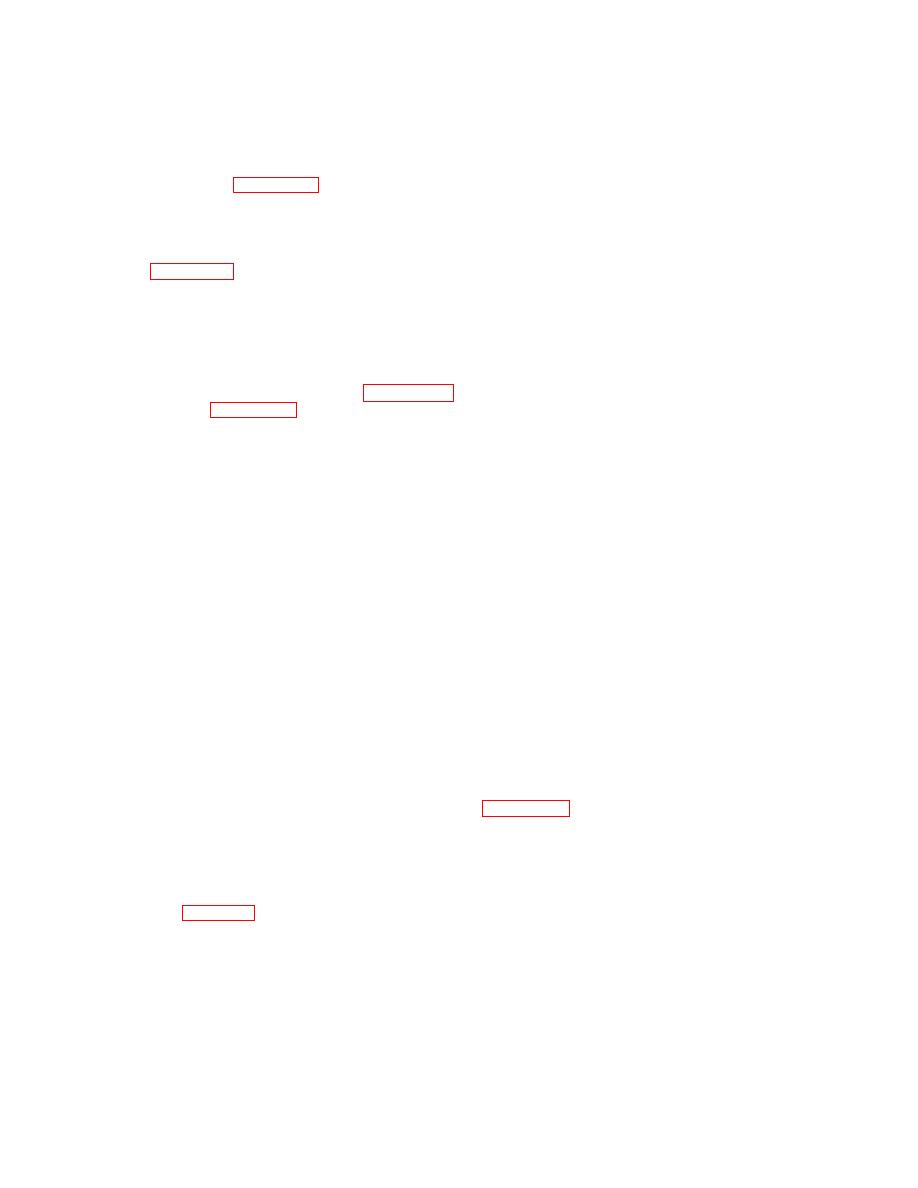
| Tweet |

Custom Search
|
|

|
||
 TB 55-1900-232-10
c. Towing bracket.
2-5.5.2 Horizontal Padeye. Figure 2-21 shows two different styles of horizontal padeyes. Their distinctive feature is that
the pin held in the eye of the horizontal padeye has a vertical axis. Therefore, the towline is free to sweep in the
horizontal plane. Motion of the towline in the vertical plane at the horizontal padeye should be prevented. Two types of
horizontal padeyes in use today are described below:
a As shown in Figure 2-21, the integral-pin type comes with its own pin, the female threads for which are in the base plate
of the padeye. A locking device prevents pin rotation. An advantage of this style padeye is that it has a lower profile,
so the moment arm of the towing load is correspondingly lower to the deck. This allows for lower loading moments and
eases the design of the structure. Additionally, the integral-pin padeye facilitates pinning an open or end link of a
chafing chain directly to the padeye, requiring no additional connection jewelry.
b The shackle-style padeye is found on the forecastle of most Navy vessels, where it is the standard fitting for attaching
chain stoppers to the forecastle deck. See Figure 2-22 for a U.S. Navy chain stopper. When used with low-profile
padeyes (depicted in Figure 2-21), often there is insufficient space to accommodate the bolt of a safety shackle. Navy
chain stoppers are therefore provided with a specially-forged, screw-pin shackle with carefully-controlled threads and
other dimensions. This is one of the rare cases where use of screw-pin shackles is appropriate in towing. Chain
stoppers and padeyes are designed for only 60 percent of the anchor chain's breaking strength. This must be
considered when using them.
2-5.5.3 Vertical Free-Standing Padeye. The vertical free-standing padeye comes in two basic designs as shown in
Figure 2-23. The difference is in the shape of the eyehole itself. This depends on whether the padeye is intended to
accept the pin of a connecting shackle. The eye of a shackle-pin type padeye is a cylindrical hole through the plate In
the dipped- shackle style, the hole is elongated and the bearing area of the hole is rounded so that the bow of the shackle
can properly bear against the end of the slot In this case, the shackle's pin is presented to the chafing pendant.
Either style of vertical free-standing padeye is less resistant to lateral loads than the horizontal padeye. Except for a
bridle tow, the free-standing padeye must be used with a towing fairlead strong enough to withstand the breaking strength
of the towline, to minimize the risk of tripping the padeye.
The width of the shackle-pin type padeye plate should occupy 75 to 80 percent of the jaw width of the shackle, to prevent
it from racking and creating loads which tend to open the jaw of the shackle.
The vertical free-standing padeye may have a higher attachment point than the horizontal padeye. This makes for larger
loading moments on the structure itself and on the attachment system to the ship deck or frame structure. This in itself is
not a disadvantage, so long as the design is proper and those who rig the system understand it.
2-5.5.4 Towing Bracket. The Smit Towing Bracket is shown in Figure 2-24. The bracket consists of two vertical plates,
similar to a pair of free-standing padeyes, with an elliptical pin fitted between them. The pin is fitted with a keeper key or
locking pin, and can be released in an emergency. The principal advantage of the Smit Towing Bracket is the ease of
breaking the tow connection, even under significant load. This is accomplished by removing the locking pin and driving
the striking bar
(Text continued on page 2-33)
2-28
|
||
 |
||